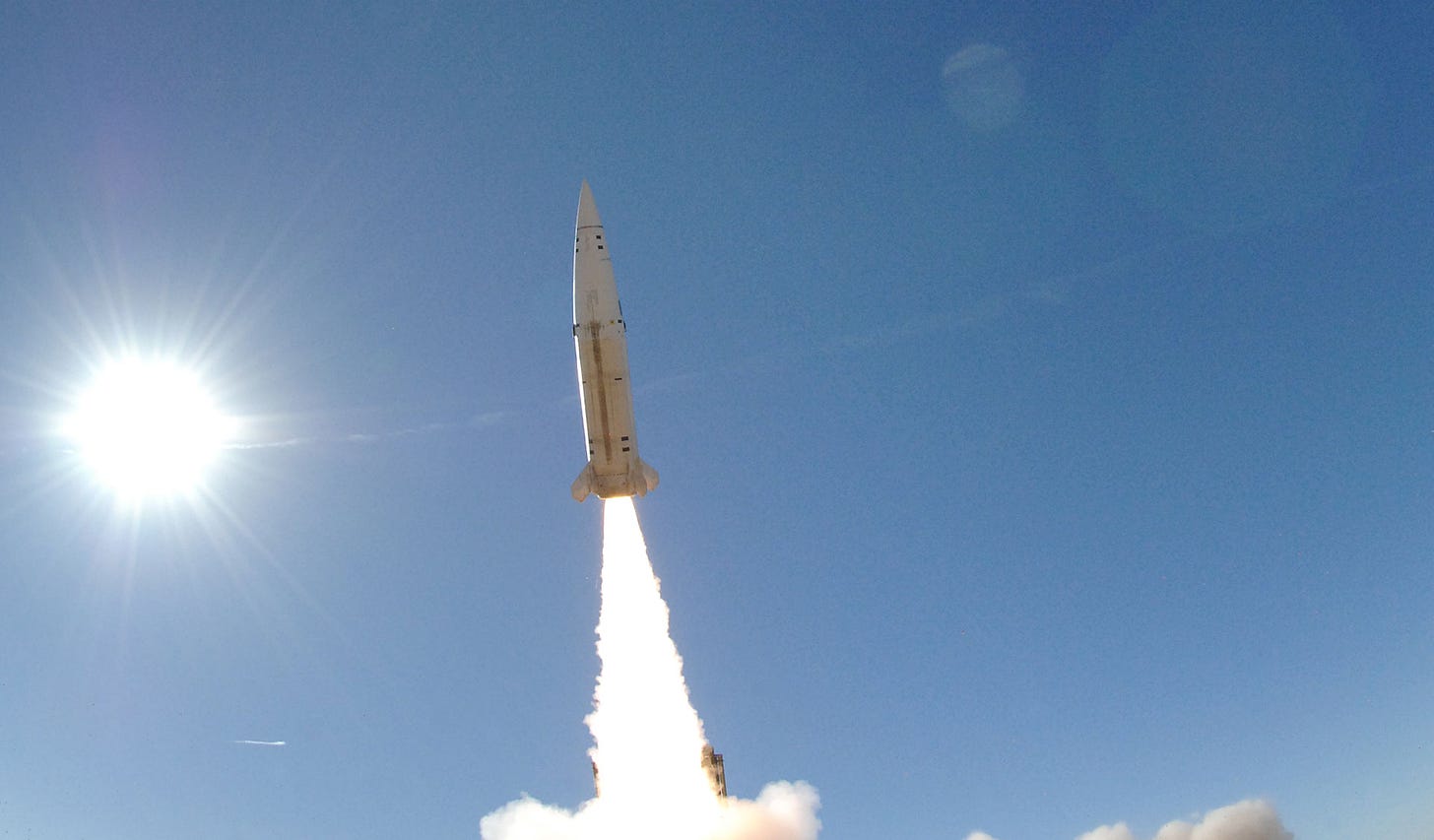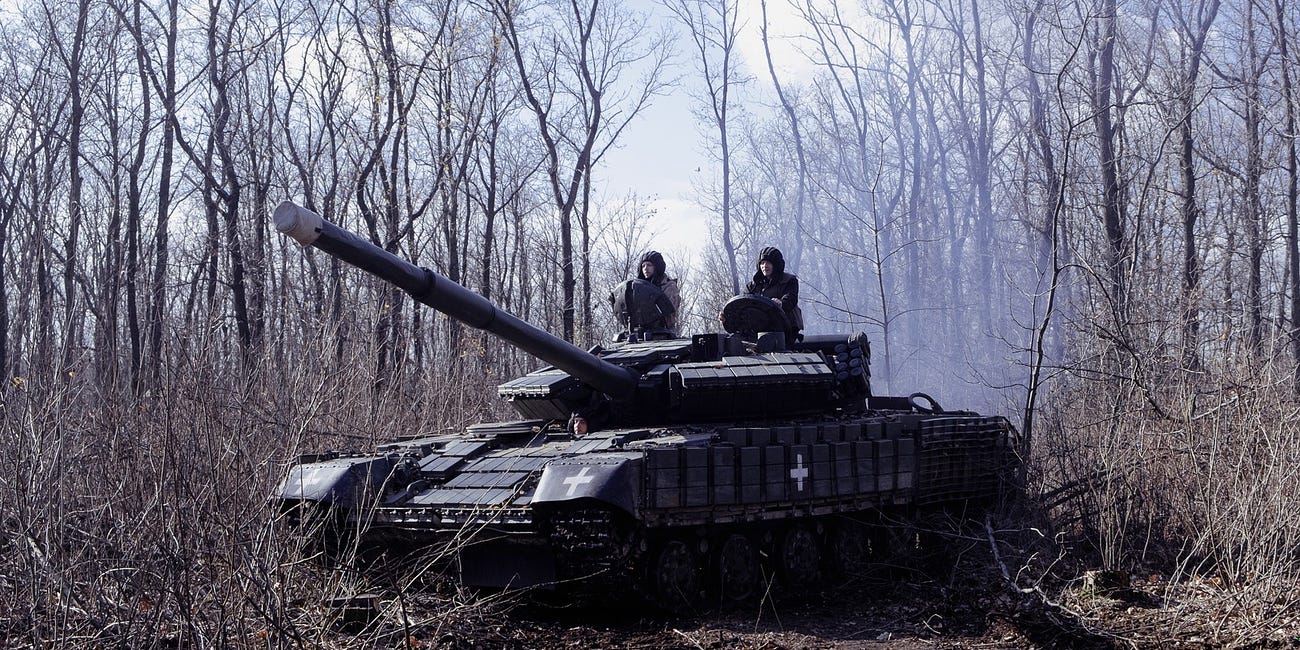It's ATACMS O'Clock As Powerful Rockets Rain on Russian Airfields
The United States gave Ukraine a lot of long-range rockets; Ukraine isn't hesitating to use them
The administration of U.S. president Joe Biden moved slowly to provide Ukraine with Army Tactical Missile System rockets last year. And when it finally did move, last fall, it sent just a couple of dozen of the least-powerful ATACMS.
The Ukrainians put the two-ton, precision-guided rockets to good use, promptly firing most them at a pair of Russian airfields in southern and eastern Ukraine—and damaging or destroying potentially dozens of helicopters in what was, at the time, one of the most destructive Ukrainian deep strikes of Russia’s wider war on Ukraine. A follow-on strike targeted a Russian S-400 long-range surface-to-air missile battery in the south.
It’s fair to say the White House has changed its approach. It now is sending a lot more—and more powerful—ATACMS. And the Ukrainians once again are wasting no time blasting Russian bases in occupied Ukraine.
A purported dual ATACMS raid on Monday night or Tuesday morning apparently struck two airfields in Russian-occupied Crimea: Dzhankoy and Gvardeyskoye, respectively 90 and 120 miles from the nearest launch zone in free Kherson Oblast.
An earlier ATACMS raid, on April 18, also struck Dzhankoy and knocked out at least four launchers belonging to an S-400 battery.
“The likely goal,” one Russian blogger wrote, is “to knock out our air-defense systems with system strikes and reduce the potential of military aviation on the peninsula.” The implication, of course, is that the Ukrainians are setting conditions for eventually targeting the Kerch Bridge, one of several supply lines connecting Russia’s garrison in southern Ukraine to Russia proper.
The latest batches of ATACMS—reportedly more than a hundred missiles shipped in separate batches in mid-March and last week—may include some of the same M39 ATACMS Ukraine got last year. An M39 ranges 100 miles or 190 miles, depending on the variant, and scatters hundreds of submunitions, making it a powerful weapon for deep strikes on area targets such as airfields and air-defense batteries.
The batches reportedly also include a longer-range ATACMS with a 470-pound unitary warhead—possible the M57, which ranges 190 miles. A unitary warhead is more useful for, say, blowing up a reinforced bunker … or dropping sections of a steel-and-concrete bridge.
It’s unclear how much damage Dzhankoy and Gvardeyskoye air bases suffered in the most recent ATACMS strikes. But the Russian blogger braced for escalation. “Strikes will continue,” they wrote. “Preparations for a massive attack on the Crimean bridge from [the] air and sea are not excluded.”
Sources:






